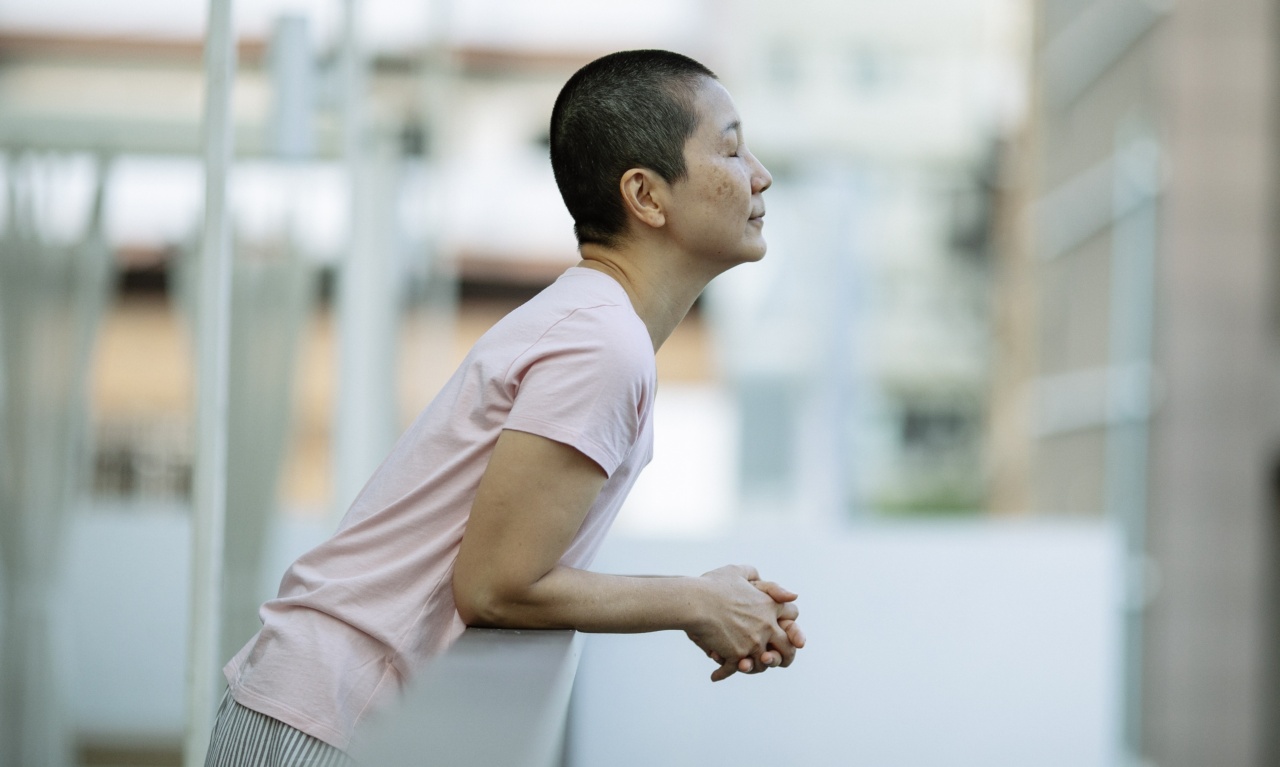Breast cancer is the most common form of cancer among women worldwide. Radiation therapy is a crucial aspect of breast cancer treatment, helping to eliminate cancer cells and reduce the risk of recurrence.
However, radiation therapy often leads to various side effects that can significantly impact a patient’s quality of life. In recent years, there has been a growing focus on developing innovative approaches to alleviate these radiation side effects and enhance the overall well-being of breast cancer patients.
The Impact of Radiation Therapy on Breast Cancer Patients
Radiation therapy plays a vital role in the multidisciplinary management of breast cancer. It effectively targets and destroys cancer cells, but it can also affect healthy tissues surrounding the breast, leading to a range of side effects.
Common radiation side effects include skin irritation, breast pain, fatigue, changes in breast appearance, and lymphedema (swelling of the arm or hand).
The Need for Innovative Approaches
Conventional methods to manage radiation side effects, such as ointments, creams, and pain medications, may provide temporary relief but are often inadequate to address the long-term impact.
This calls for innovative approaches that can address these side effects proactively and improve patients’ overall well-being during and after radiation therapy.
Cryotherapy: Cooling for Comfort
One innovative approach that has shown promising results is the use of cryotherapy (cold therapy) to alleviate radiation side effects.
By applying a cooling agent to the breast area before, during, and after radiation therapy sessions, the impact of radiation on healthy tissues can be minimized. Cryotherapy works by constricting blood vessels, reducing blood flow and cell metabolism in the treated area, thereby reducing radiation-induced inflammation and minimizing damage to surrounding tissues.
Breast Hypo-fractionation: Reducing Treatment Duration
Hypo-fractionation is another innovative approach that aims to reduce the duration of radiation therapy while achieving equally effective results.
Traditional radiation therapy for breast cancer typically involves daily treatments over a period of several weeks. However, hypo-fractionation allows for higher doses of radiation to be delivered in fewer treatment sessions. This approach not only minimizes treatment time but also reduces the risk of side effects associated with prolonged exposure to radiation.
Proton Therapy: Improved Precision
Proton therapy, a specialized form of radiation therapy, offers improved precision in targeting cancer cells.
Unlike conventional radiation therapy, which uses X-rays, proton therapy uses protons, which deliver their energy directly to the tumor site without penetrating beyond it. This precise targeting helps spare healthy tissues, reducing the risk of radiation side effects.
Proton therapy is particularly beneficial for breast cancer patients who require radiotherapy in areas close to critical structures, such as the heart or lungs.
Reconstructive Surgery: Restoring Confidence
For breast cancer patients who undergo mastectomy or lumpectomy procedures, reconstructive surgery can play a pivotal role in restoring physical appearance and self-confidence.
Innovative reconstructive techniques like autologous tissue transfer, fat grafting, and nipple-sparing mastectomy can help preserve the natural appearance of the breast while minimizing scarring. The psychological and emotional benefits of reconstructive surgery should not be underestimated, as they contribute significantly to a patient’s overall well-being.
Exercise and Rehabilitation: Restoring Functionality
Physical exercise and rehabilitation have been shown to be effective in alleviating the side effects of radiation therapy and improving overall quality of life.
Exercise programs designed specifically for breast cancer patients can help reduce fatigue, improve mobility, alleviate pain, and enhance emotional well-being. Physical therapists and healthcare providers can guide patients in developing personalized exercise regimens that are safe and tailored to their individual needs and abilities.
Nutrition: Nurturing the Body
A well-balanced and nutritious diet plays a crucial role in supporting breast cancer patients undergoing radiation therapy. Adequate nutrition helps the body cope with treatment-related side effects, promote healing, and maintain overall health.
Including foods rich in antioxidants, vitamins, and minerals can aid in reducing inflammation, supporting the immune system, and promoting cellular repair. Collaborating with a registered dietitian can ensure that patients receive personalized nutritional guidance that complements their treatment plan.
Psychosocial Support: Addressing Emotional Needs
Emotional and psychosocial support is vital for breast cancer patients navigating the challenges of radiation therapy. Innovative approaches include support groups, individual counseling, mindfulness-based stress reduction techniques, and art therapy.
These interventions can provide patients with a safe space to process their emotions, address fears and anxieties, and enhance their overall mental well-being.
Conclusion
Alleviating radiation side effects is of utmost importance to enhance the well-being and quality of life of breast cancer patients.
Through innovative approaches such as cryotherapy, hypo-fractionation, proton therapy, reconstructive surgery, exercise and rehabilitation, nutrition, and psychosocial support, healthcare professionals can significantly improve patient outcomes and address the multifaceted challenges associated with radiation therapy.
A comprehensive and multidisciplinary approach is key to ensuring that breast cancer patients not only receive effective treatment but also experience minimal side effects and maintain their physical, emotional, and psychological well-being throughout their cancer journey.























